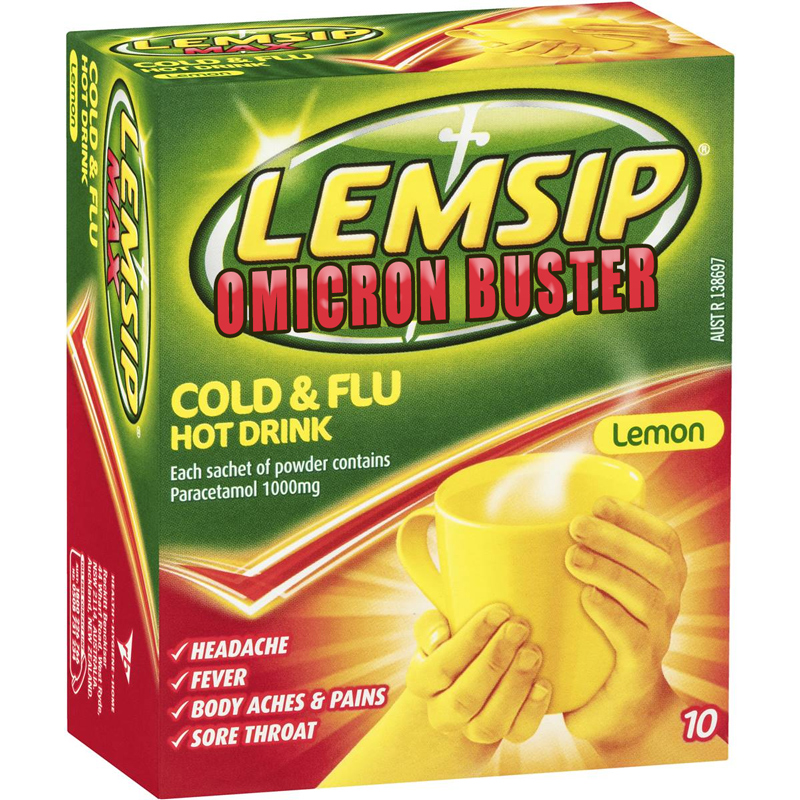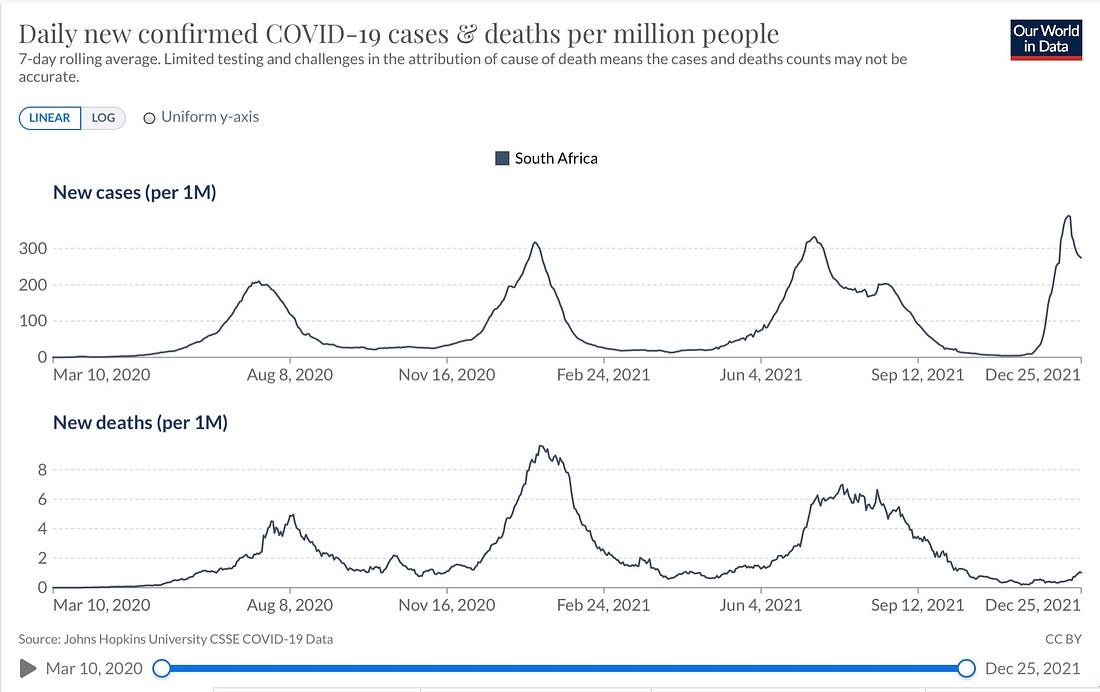
We’re publishing a guest post by our in-house doctor looking at the latest NHS data, including ICU data. Conclusion: Omicron hospital admissions in the community are declining and are unlikely to result in severe COVID-19.
Before diving into the numbers this week, I’d like to give a big shout out to Ms. Kate Josephs CBE, formerly the Director of the Cabinet Office Covid taskforce. According to the Telegraph, which broke the story of her leaving party, she “literally wrote the rules” in relation to societal restrictions.
Ms. Josephs took to twitter yesterday to apologise for attending a leaving drinks party on December 17th 2020, when she had been substantially responsible for putting the rest of the country under house arrest. She writes about being “truly sorry” for attending the event – she clearly means she’s sorry for being exposed.
The Telegraph has a helpful timeline graphic showing the dates of the many known social events in Whitehall against a backdrop of prevailing restrictions at the time. I had no idea being a civil servant was such fun! It is interesting that the parties all cluster round periods of maximum lockdown. The brief period in the summer of 2020 was a social desert for civil servants. Maybe they were all on extended holidays?
Continue reading “Latest NHS Data Suggest Omicron No Worse Than a Bad Cold”






